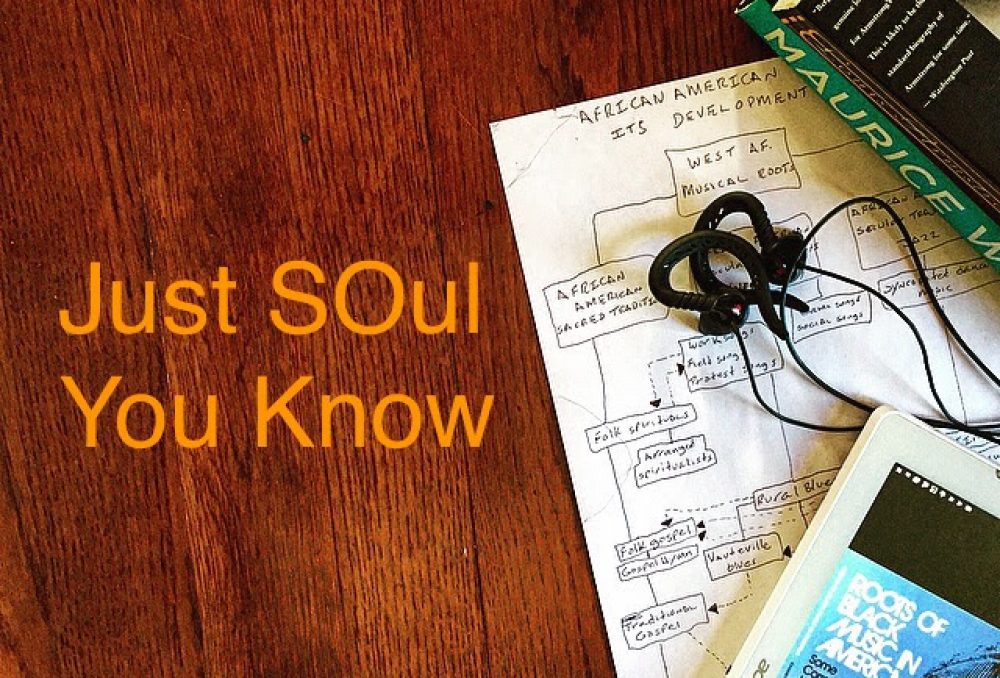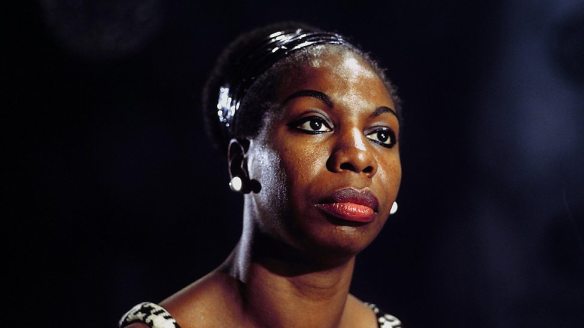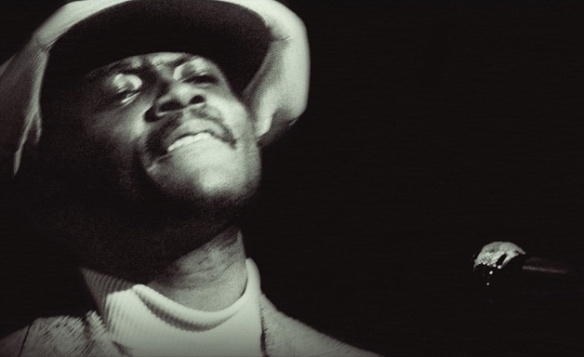
Photoshoot from 1975 in L.A. (credit Michael Ochs Archives)
Today marks the 69th birthday of daughter, mother, wife, songstress, and songwriter Minnie Riperton. Riperton passed on July 12th, 1979. She was 31 years old. Gone Too Soon! It has been 38 years since the multi-octave, Angelic voice that dwelled inside her was silenced forever.
We remember Minnie Riperton for her remarkable voice – a lyric coloratura soprano, which she used to set new vocal parameters in pop music. Classically trained in Opera, Riperton vocally backed artists such as Etta James and Stevie Wonder, and in her own career, she was able to subtly blend her agile opera styles into the soul and R&B music she sang.
Ultimately, she set the high note template for the likes of Mariah Carey and others in pop music.
Riperton was diagnosed with breast cancer in 1976. However, she continued recording, touring, was nominated for an American Music Award for favorite soul/R&B Female Artist, as well as became a spokesperson for the American Cancer Society until her death 3 years later.
Minnie Riperton’s Legacy is rooted in her vocal Perfection and her ability to communicate the sentiments of a song to the masses like no other. Happy Birthday, Minnie Riperton!










